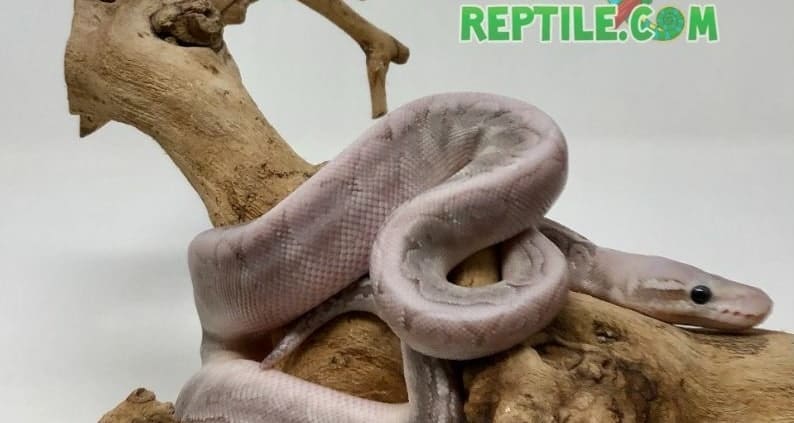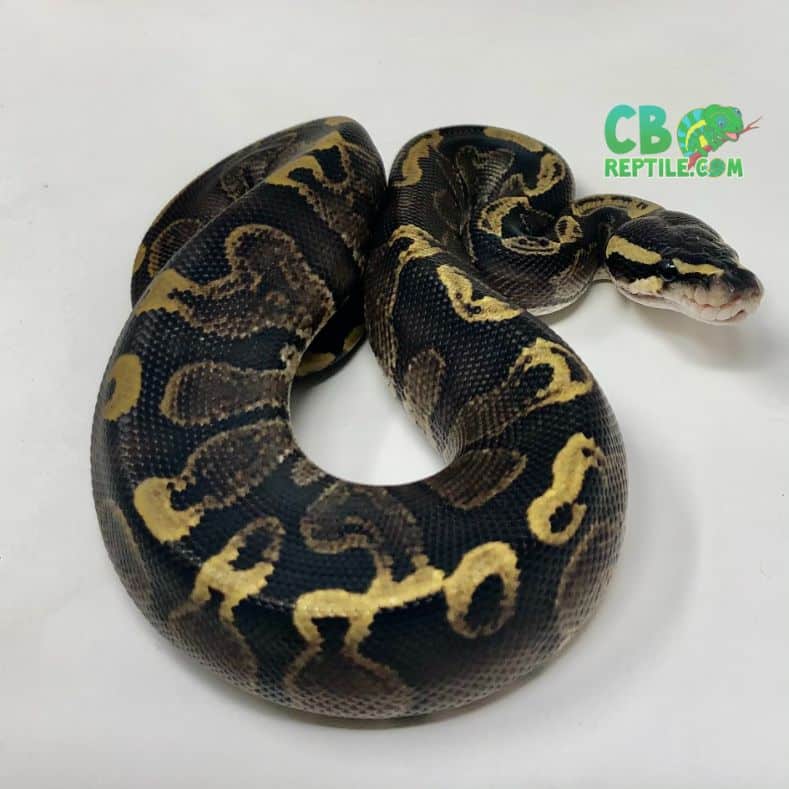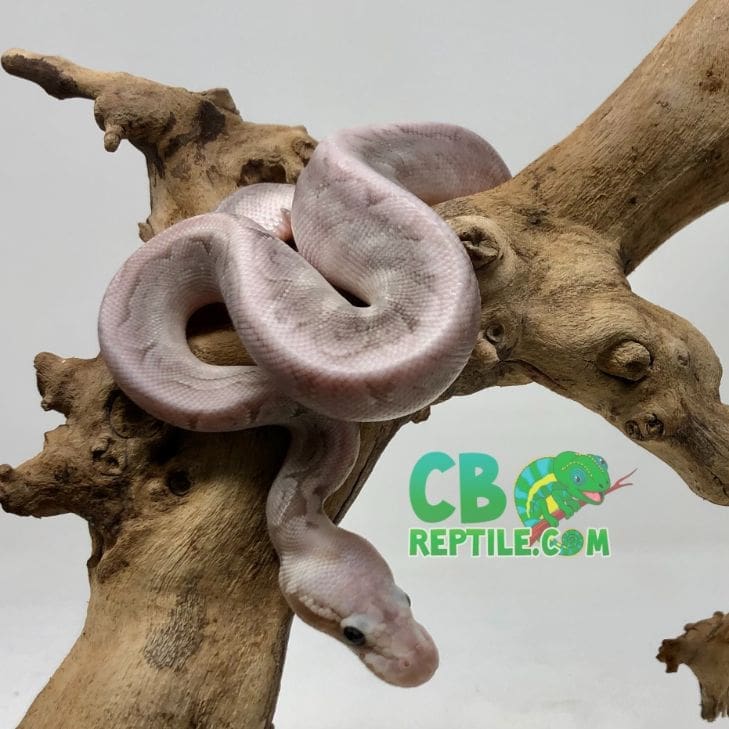
Hand Feeding Your Pet Ball Python

If you’re ready to start your journey, check out a healthy ball python baby for sale at CBReptile.com and enjoy the joy of raising your new reptile companion.
What Does Hand Feeding Really Mean?

In the reptile hobby, hand feeding doesn’t literally mean placing food in your bare hands and offering it to your snake. Instead, it means offering prey safely using feeding tongs. This keeps your fingers out of the way and prevents accidental bites while still giving you the chance to interact directly with your ball python during feeding time.
Feeding Schedule by Age
| Age | Food | Frequency |
|---|---|---|
| Hatchlings | Small mice | Every 5–7 days |
| Juveniles | Hopper mice or rat pups | Every 7 days |
| Adults | Medium rats | Every 10–14 days |
Each meal should be roughly the same width as the snake’s thickest body section. This ensures safe digestion and prevents overfeeding.
How to Hand Feed With Tongs

- Thaw the prey: Place frozen rodents in a sealed bag and thaw in warm water until body temperature.
- Use tongs: Hold the prey by the tail or back end with feeding tongs.
- Mimic movement: Wiggle the prey slightly to stimulate a feeding response.
- Offer calmly: Present it near the snake’s head and allow them to strike naturally.
- Wait: Once the python has struck and coiled, leave them undisturbed to finish.
Habitat Setup for Stress-Free Feeding
A happy and healthy ball python is more likely to eat consistently. Stressful or incorrect habitats can lead to feeding refusals. Here’s what your enclosure should have:
Enclosure Size
- Hatchlings: 10–20 gallons
- Juveniles: 20–40 gallons
- Adults: 40+ gallons or larger
Décor & Hides
Provide at least two hides—one on the warm side and one on the cool side. Add branches, cork bark, and artificial foliage for enrichment. Secure hides help reduce stress, which directly improves appetite and feeding behavior.
Temperature & Humidity for Digestion
Correct heating ensures your snake can properly digest meals after hand feeding. Keep these temperature ranges consistent:
- Warm side: 88–92°F basking surface
- Cool side: 75–80°F ambient
- Nighttime: No lower than 72°F
Humidity should stay around 50–60%, with an increase to 65–70% during shedding. Stable temperatures and humidity are essential for a strong feeding response and overall health.
Handling and Feeding Balance
Hand feeding is only one part of bonding with your python. Handling sessions are another. Always remember:
- Do not handle your ball python for at least 48 hours after feeding.
- Avoid handling during shed cycles, when they may be defensive.
- Handle calmly, supporting the snake’s entire body, and keep sessions short at first.
By balancing feeding and handling routines, your snake will feel secure and thrive in your care.
Raising a Young Ball Python
Babies may be a bit shy at first, but once they’re established, hand feeding with tongs becomes a wonderful way to interact with them. When you start with a captive-bred hatchling from CBReptile.com, your experience is smoother because these snakes are already feeding well and accustomed to human care.
If you’ve been searching for baby ball pythons for sale, CBReptile.com offers some of the healthiest and most well-started snakes in the country.
Why Choose Real Breeders Like CBReptile.com?
The first step to successful hand feeding is buying from the right source. Many pet stores or resellers provide animals from mass breeders where snakes may arrive stressed, unhealthy, or reluctant to eat. This makes hand feeding frustrating and stressful for both keeper and snake.
CBReptile.com is family-run and has been breeding ball pythons for over a decade. Their snakes are captive-bred, parasite-free, and already eating frozen/thawed prey before they ever leave their facility. They also provide lifelong support, making them the most trusted choice for new and experienced keepers alike.
Daily & Weekly Care Checklist
- Daily: Check temperatures, humidity, and fresh water.
- Weekly: Feed on schedule, handle gently, and clean up waste.
- Monthly: Perform a deep clean of the enclosure and rotate enrichment items.
Happy Keeper’s Feeding Checklist
- Always use tongs when hand feeding to stay safe.
- Feed frozen/thawed rodents of appropriate size.
- Maintain a warm side of 88–92°F and a cool side of 75–80°F.
- Keep humidity at 50–60%, higher during sheds.
- Never handle your snake right after feeding.
- Choose captive-bred snakes from CBReptile.com for stress-free feeding success.
